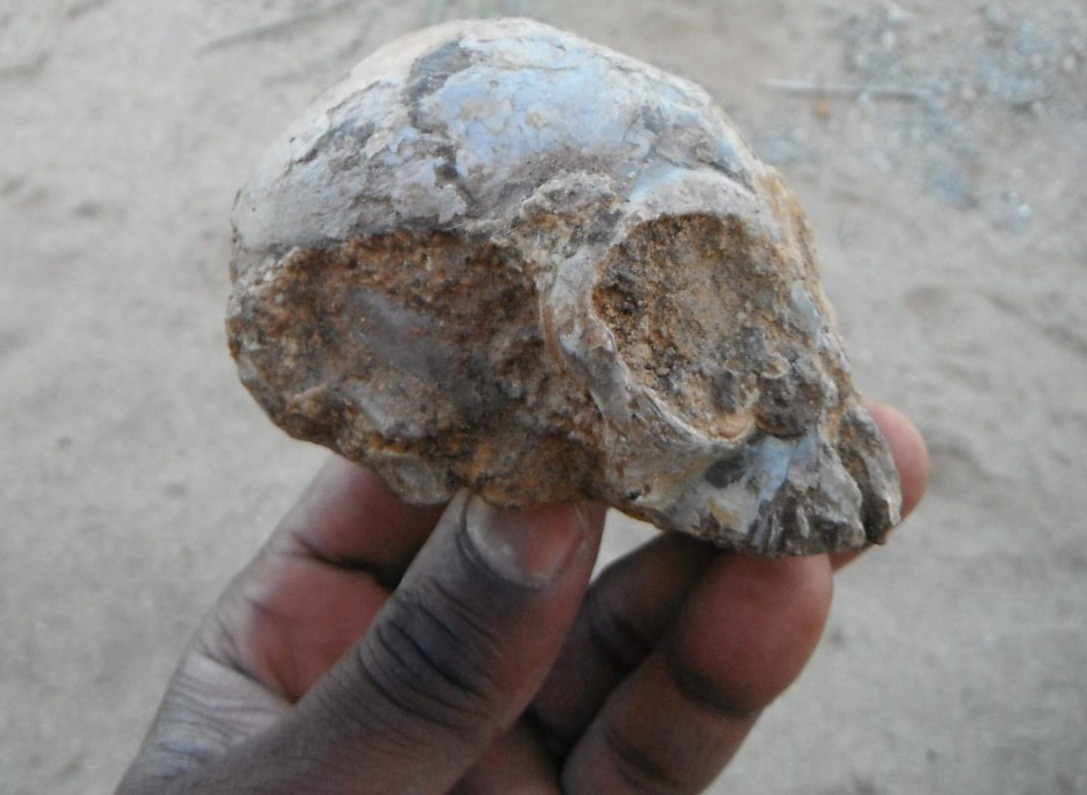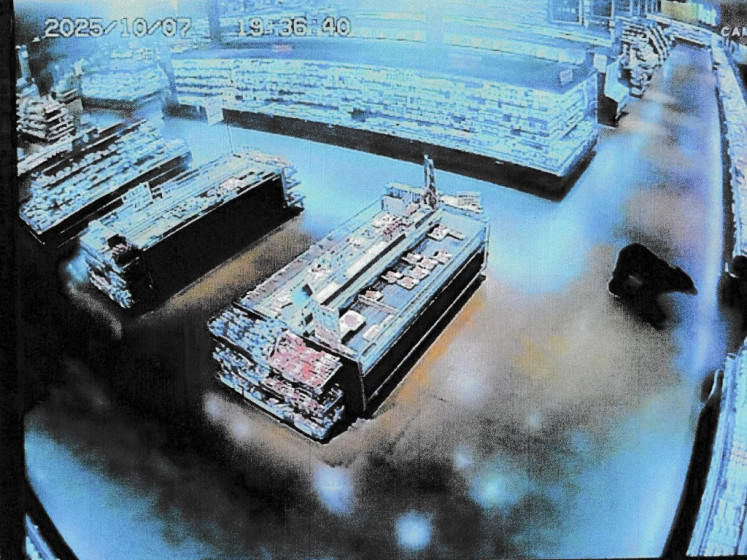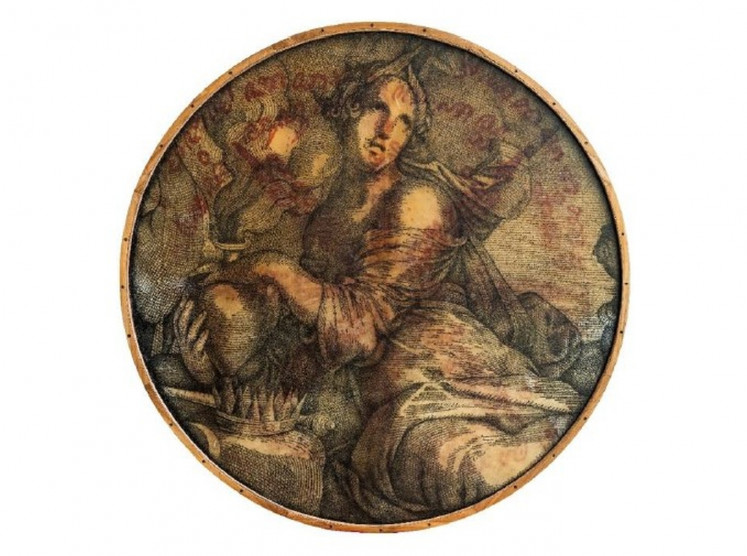Popular Reads
Top Results
Can't find what you're looking for?
View all search resultsPopular Reads
Top Results
Can't find what you're looking for?
View all search resultsAncient skull hints at African roots for ape-human ancestor: Study
Change text size
Gift Premium Articles
to Anyone
T
he skull of an infant ape buried by a volcano 13 million years ago has preserved intriguing clues about the ancestor humans shared with apes -- including a likely African origin, scientists said Wednesday.
A previously-unknown creature that shared an extended family with the human forefather, had a flat face like that of our far-flung cousin the gibbon, but did not move like one, its discoverers wrote in the journal Nature.
They named it Nyanzapithecus alesi after "ales" -- the word for "ancestor" in the Turkana language of Kenya, where the lemon-sized skull was unearthed.
The sole specimen is that of an infant that would have grown to weigh about 11 kilograms (24 pounds) in adulthood. It had a brain much larger than monkeys from the same epoch, the researchers said.
"If you compare to all living things, it looks most like a gibbon," study co-author Isaiah Nengo of the Stony Brook University in New York told AFP.
This does not mean the direct ancestor of living apes necessarily looked like a gibbon, just that a member of its family did at the time.
Assuming a gibbon-like appearance for our ancestor would be similar to scientists from the future unearthing a gorilla skull and concluding that all hominins -- the group that also includes chimps and humans -- looked like a gorilla.
Read also: Ancient Aztec temple, ball court found in Mexico City
The location of the extraordinary fossil find, said the team, supported the idea that the ape-human ancestor lived in Africa and not in Asia as some have speculated.
"With this we... put the root of the hominoidea in Africa more firmly," said Nengo.
Hominoidea, or hominoids, is the name for the family of apes.
The group is divided in two, with humans, bonobos, chimps, gorillas and orangutans on the one side (hominids), and agile, tree-swinging gibbons (hylobatids) alone on the other.
The new species belonged to a much older, ancestral group that included the forefather of hominoids, the researchers concluded.
Read also: Ancient Rome treasures discovered during subway dig on show
Out of Africa
That group, which has no official name yet, lived and died millions of years ago.
"The majority of that group, and the oldest members of that group, are African but we would not have been able to resolve all of that without Alesi," said Nengo.
"Alesi is the one that has allowed us to... know who is in that group... and when we take a close look we see that most of the group are found in Africa."
Alesi's is the most complete ape skull from the entire Miocene period, which ranged from about 24 million to five million years ago.
"It may be younger (than some other fossil pieces) but it is the only one where you have a face, you have the base of a skull, you have the inside of the skull, so you can see what a representative of them might have looked like," said Nengo.
Hi-tech scans of the skull showed that Alesi had teeth similar to some gibbon species.
Read also: Egypt archaeologists discover massive statue in Cairo slum
While its baby teeth had been knocked out, Alesi's adult teeth lay unerupted inside its jaw, and their age could be determined with great precision -- the ape was one year and four months old when it died.
The team also established that the balance organs in Alesi's ear were unlike those of the gibbon, meaning it probably had a different, slower, way of moving.
While a lot is known about human evolution since we split from chimps about seven million years ago, little was known about common ancestors from before 10 million years ago.
Commenting on the study, anthropologist Brenda Benefit of the New Mexico State University described this as a fossil find "that I never thought would be made during my lifetime".
"This discovery will help to fill in missing information regarding adaptations that influence ape and human evolutionary histories," she said in comments published by the journal.
"This is an exceptional discovery," agreed Paul Tafforeau of the European Synchrotron Radiation Facility in Grenoble, France, who helped examine the skull.











